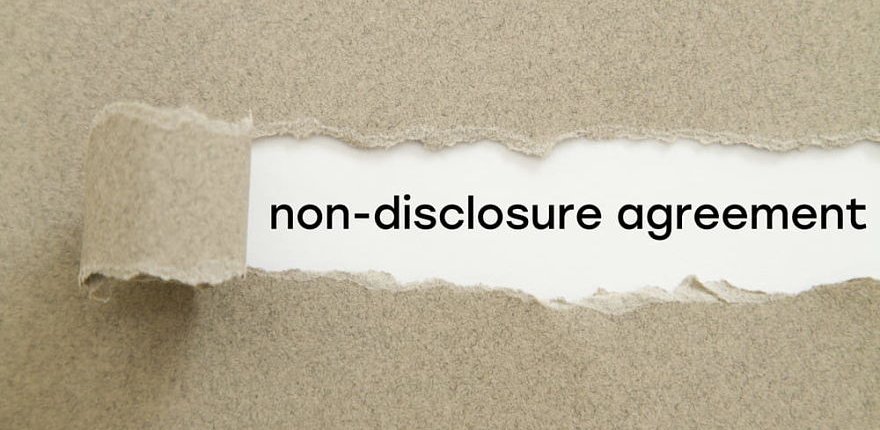Many businesses, from restaurants to tech companies, have trade secrets or confidential information that they share with their employees. Keeping that information safe is always a concern.
One way to make sure your business’s confidential information is respected is by signing a non-disclosure agreement (NDA).
Whether you are an employer or an employee, it is essential you understand what an NDA (also known as a confidentiality agreement) is, what your rights and responsibilities are under this legal document, and how you might be able to end the agreement.
What Does an NDA Do?
An NDA is a legal contract between 2 parties where one (or both) parties agree to keep information private. Some situations where you may use an NDA are:
- Presenting a new business idea to a potential partner, investor, or distributor
- Sharing financial or marketing information with a potential buyer
- Demonstrating a new product, service, or technology to a potential buyer
- Receiving services from another company or individual who has access to your sensitive information
- Giving employees access to private business information while employed
Key elements of an NDA include:
- Names of the parties signing the agreement
- A clear definition of what information is considered confidential
- Why the sensitive information is being shared
- A detailed explanation of how the information can and cannot be used, including a non-compete clause
- Agreement timeframe
Finally, an NDA also should include the consequences of breaking the agreement.
How To Get out of an NDA
One way to get out of an NDA is for the contract to expire. Another way is if the contract is ended by its termination clause. In some cases, however, your legal duty to maintain confidentiality can continue for many years.
Therefore, you need to read and understand an NDA’s terms before signing the document.
Read more:Is a Non-Disclosure Agreement Legally Binding?
Follow the steps below to break an NDA.
1. Understand the Different Types of Non-Disclosure Agreements
In general, there are 3 different types of NDAs. Here is a brief description of them:
- Unilateral NDA Only one party shares confidential information. The other party must keep it private.
- Bilateral NDA. Both parties share confidential information to protect it from further disclosure.
- Multilateral NDA. Three or more parties are involved. One party shares confidential information, and the other parties must keep it secret.
2. Find out the Duration Clause
A critical part of an NDA is the contract’s length. Most NDAs specify a date when the contract ends. However, the duty to keep the information secret often lasts longer.
This extension period can vary widely, according to contract law. For example, it could be one year after the end of the contract, five years, or even a lifelong obligation (called a perpetual NDA).
If the terms for confidentiality are not specified in the NDA, and a conflict arises between the two parties, it is left up to the parties involved to argue the legality of an extension.
3. Look for a Termination Clause
Sometimes employment and working arrangements end, and the parties who signed an NDA may want to end the contract early.
A termination clause in the NDA spells out how and when a party can end the contract early. However, some NDAs may not allow early termination, meaning that even if the parties separate, the confidentiality obligation continues.
A termination clause should include:
- How one party should communicate a desire to terminate to the other party (ideally in writing)
- Any required notice period before termination (such as 30 days’)
- What happens after the NDA ends (such as returning or destroying sensitive information)
Return or Destruction of Information Clause
This clause states whether one party needs to return or destroy the confidential information after an NDA expires and when that action needs to happen.
This clause can state that the other party must return all information, destroy all copies they have, and prove that they have done so. The clause also can include a pledge not to make any more copies of the information.
Indemnity Clause
An indemnity clause is often a sticking point in NDA negotiations.
An indemnity clause states that one party (the “indemnifier”) agrees to pay the other party (the “indemnified”) an agreed amount if the confidentiality agreement is broken.
Before agreeing to an indemnity clause, it is important to make sure your contractual duties are limited to your own mistakes. If you have further questions about indemnity clauses or any other parts of NDAs, you may want to discuss them with your lawyer.
Conclusion
It is critical to read your contract before signing it to understand how you can end the agreement. Keep in mind the different ways it can be ended, such as:
- End of contract term
- Termination clauses
- Misconduct
Remember, in some cases, an agreement could last long after the contract ends.
If you would like a solid foundation to draft your own NDA, please visit lawdistrict.com.


